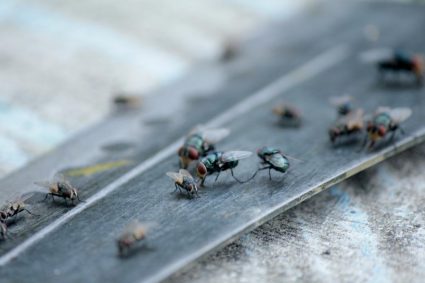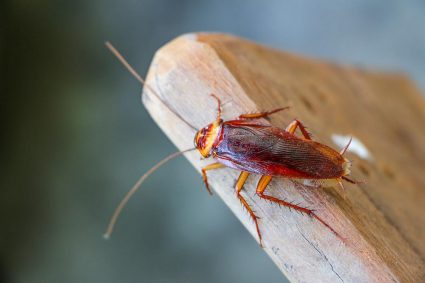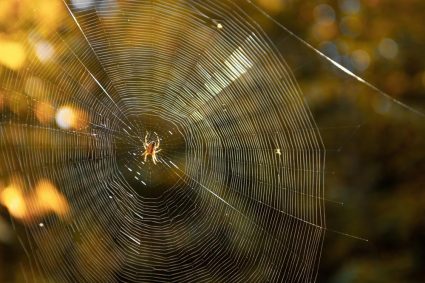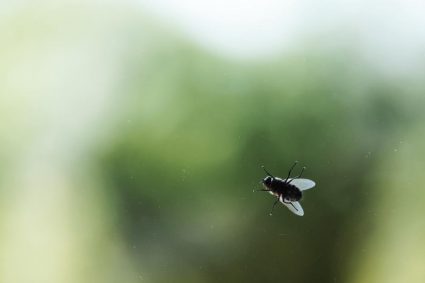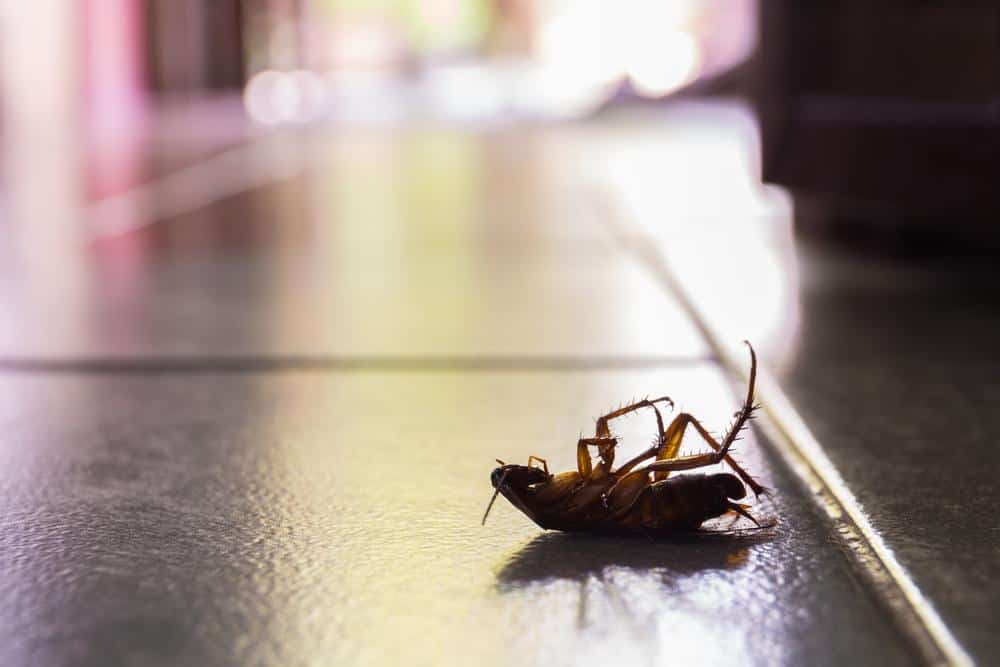
Cockroaches are resilient pests that can survive in various environments, including the outdoors. Understanding where they nest outside can help you prevent infestations and avoid the health hazards associated with these insects. This article will provide an in-depth look at the common species of roaches found outside, the conditions they prefer, signs of an outdoor roach nest, their impact on humans and the environment, and effective methods to prevent and eliminate outdoor roach nests.
Roaches often nest outside in dark, warm, and enclosed spaces near food and water sources. Common outdoor nesting locations include hollow trees, wood piles, mulch, and under roof shingles. They may also breed in places like trash cans, waste disposal systems, and piles of decaying wood. Signs of an outdoor roach nest can include live and dead roaches, shed exoskeletons, droppings, egg casings, and a musty, oily smell.
Common Types of Roaches Found Outside
While there are thousands of cockroach species globally, only a few are considered pests. Some of the common types of roaches found outside include:
- American Cockroach: These are large roaches with a mahogany body and a yellowish figure-8 pattern behind their heads. They often nest in gardens or on trees.
- Smoky Brown Cockroach: These roaches are attracted to outdoor lighting, mulch, and other damp areas, as well as trash and pet food left outside.
- Oriental Cockroach: These roaches prefer damp, cool environments and can be found outdoors in leaf litter, mulch, and under stones.
- Wood Cockroach: Wood cockroaches live in wooded or forested habitats and feed on decaying organic matter.
- Field Cockroach: Field cockroaches are primarily an outdoor species. When found indoors, they are considered occasional invaders that will not take up residence.
Conditions Suitable for Roach Nests
Cockroaches prefer dark, warm, and enclosed spaces near food and water sources. They are attracted to temperatures ranging from 25 to 30 degrees Celsius and prefer warm and humid environments. Some common outdoor nesting locations include hollow trees, wood piles, mulch, and under roof shingles. They may also breed in places where their food needs are met, such as trash cans, waste disposal systems, and piles of decaying wood.
Signs of an Outdoor Roach Nest
Several signs can indicate the presence of an outdoor roach nest:
- Live and dead roaches around the suspected area.
- Shed exoskeletons, which roaches shed as they grow.
- Droppings, which look like black pepper or dark smears.
- Egg casings (oothecae), which can be found near the nest.
- A musty, oily smell, often associated with roach infestations.
Impact of Outdoor Roach Nests on Humans and the Environment
Outdoor roach nests can negatively affect humans and their environment. They can transmit diseases, cause allergies and asthma, contaminate indoor environments, and become a nuisance. They can also impact the environment by spreading bacteria and increasing pest control costs.
Preventing Roaches from Nesting Outside
To prevent roaches from nesting outside your home, maintain cleanliness, seal cracks and gaps, eliminate sources of food and water, use natural repellents, and apply DIY solutions. These methods can help prevent roaches from nesting outside your home, but they may not be enough to eliminate an existing infestation.
Eliminating Outdoor Roach Nests
Eliminating outdoor roach nests can be achieved through various methods such as using soap and water spray, boric acid and sugar solution, insecticide baits and Insect Growth Regulators (IGRs), outdoor perimeter sprays, and sanitation and exclusion practices.
By understanding where roaches nest outside and how to prevent and eliminate these nests, you can protect your home and your health. If you’re dealing with a severe infestation, don’t hesitate to consult a professional exterminator for a more comprehensive solution.
Frequently Asked Questions
What are the health hazards associated with roaches?
Cockroaches can pose several health hazards to humans. They can transmit diseases like salmonella and gastroenteritis by contaminating food and surfaces. They also shed allergens, which can cause allergic reactions and exacerbate asthma symptoms, especially in children.
Can roaches survive the winter outside?
While roaches prefer warm and humid environments, they are incredibly resilient and can survive in colder temperatures by seeking shelter in protected areas like under bark, in leaf litter, or in human structures. However, their activity significantly slows down in colder weather.
How often do roaches reproduce?
The reproduction rate of roaches depends on the species. For instance, the American cockroach female can produce an egg case (ootheca) every 6 to 7 days during her adult life, each containing around 14 to 16 eggs. This high reproduction rate is one of the reasons why roach infestations can quickly get out of hand.
How do natural repellents work against roaches?
Natural repellents work by deterring roaches with their smell or taste. Some common natural repellents include essential oils like peppermint, eucalyptus, and tea tree oil. However, while these can help deter roaches, they are not typically effective at eliminating an existing infestation.
What should I do if DIY roach elimination methods are not working?
If DIY methods are not working, it’s best to contact a professional pest control service. They have access to more potent treatments and the expertise to ensure roaches are eliminated effectively and safely.




